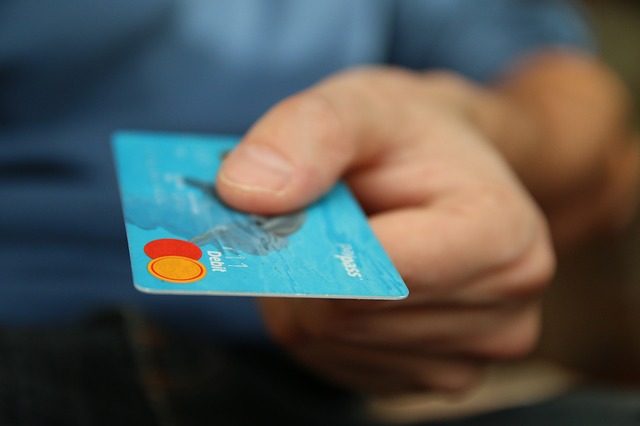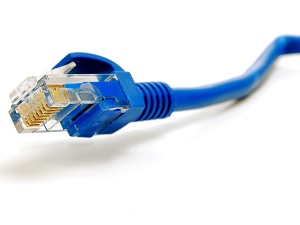Revolutionizing Retail
Posted by aonenetworks On March 21, 2014 For decades, futurists have been predicting the arrival of the “cashless society.” The problem is, it hasn’t actually arrived yet.
For decades, futurists have been predicting the arrival of the “cashless society.” The problem is, it hasn’t actually arrived yet.
Yes, the advent of the debit card meant that your customers didn’t have to bring cash with them when they purchased something from you, but the process remained fundamentally the same. Your customers still wrote in regularly to complain about long waits at the checkout counter, and while automation allowed for a slight reduction in overhead by reducing the number of cashiers needed (thanks to that bank of “self checkout lanes”) it was still the same old system with a few slight modifications.
All of that is about to change in a major way, thanks to the convergence of two different technologies that will finally usher in a true “cashless society” and provide untold opportunities to business that opt in early.
The two game changing cashless technologies
The first is the enormous growth of mobile computing devices. Odds are that the majority of your customers have them. They use them to price compare, get directions, get special deals or promotions, and sometimes even navigate through your store. The good thing about these mobile devices is that since most of them can function as a GPS, then by definition, it means they’ve got a GPS locator built in. Without it, they simply couldn’t function to give directions to their users. The importance of this fact will become clear in a moment.
The second is the invention of the digital wallet. This innocuous bit of technology seems absurdly simple on the face of it. It’s just a slight revision on user account data. It’s an app that allows the user to tie his or her banking information to it, but when combined with the first technology in the form of an app built by your company, it becomes a profit driving colossus. Here’s how:
When you build your store’s app, the users of course, have to accept your terms of service. Embedded in those terms is the simple condition that you’re allowed to track and acknowledge the user’s arrival on your premises via the GPS locator in their mobile device. Thus, when the user walks in the door of your business, the store’s computer network makes note of his or her arrival.
Your app either has a user profile page where the user uploads his or her photo (for visual identification verification), or is tied to a Facebook login, and the user’s Facebook photo is used. Also, during the setup routine of your app, the user is asked to give your app access to their digital wallet, or (the alternate configuration) your app serves as a digital wallet and the user is asked to enter their banking information.
In any case, what you’ve just created is a system that “knows” the moment a customer walks in the door, and further, knows who the customer is, and further still, already has their payment information queued up and ready. This makes the actual purchase transaction for all intents and purposes invisible.
Walk through it in your mind. Fred comes in the door to your coffee shop (or grocery store, or other retail outlet). Your computer system flags his customer account as being active and in-store. When Fred is ready to check out, he walks to the counter. The GPS locator knows his position, and your computer network knows the position of your checkout counters. Therefore, it “knows” when Fred is at the checkout counter and his profile photo is displayed on the cashier’s screen, allowing the cashier to greet the customer by name. Products are scanned, and your customer is done. “Checkout” happens automatically. It is seamless and invisible. As each item is scanned, its cost is deducted from the customer’s digital wallet. There is no wait. There is no final tally, there is no cumbersome checkout procedure, or forgotten PIN’s, or pieces of paper to sign. The transaction just simply happens.
So where does the profitability come in?
This increases your bottom line in two ways. First, checkout throughput is vastly increased. This may enable you to reduce employee headcount slightly, or it may simply alleviate customer complaints about long lines and wait times. Either way, it is a win for you because happy customers are returning customers.
Second, imagine the customer’s perceptions of their experience in your store, versus their experience in a store that has not yet adopted this technology. Who do you think they’ll be shopping with in the future? The store with long lines and frustrating wait times, or the store where they get greeted by name every time, and transactions just “happen?”





